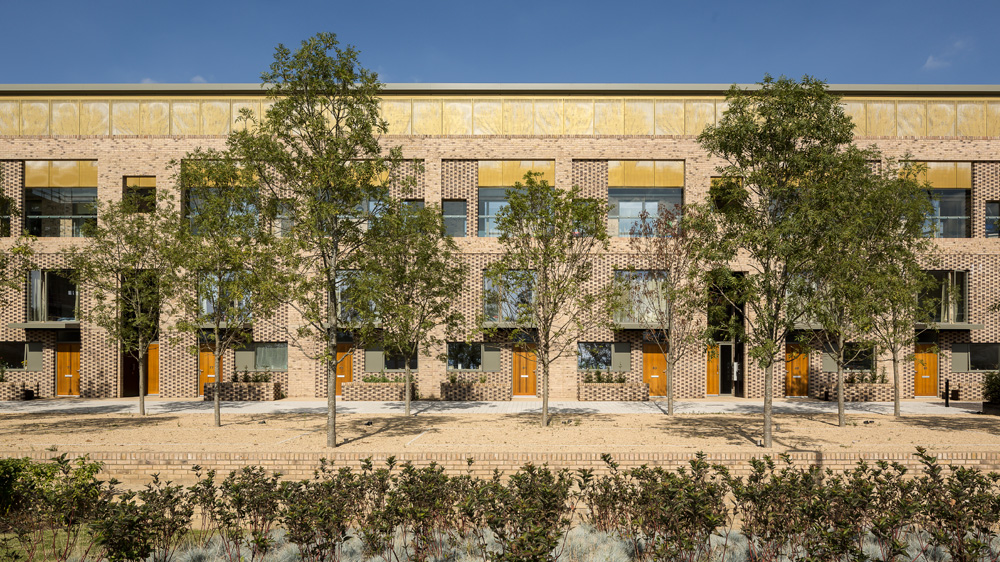The housing industry must focus on providing home buyers with greater choice and diversity, creating carefully considered neighbourhoods that are rooted in their local context, a new report by Proctor & Matthews Architects, HTA Design, Pollard Thomas Edwards and PRP argues.
The report, Distinctively Local, responds directly and positively to the government’s Building Better, Building Beautiful Commission, and Housing Minister Kit Malthouse’s recent challenge to architects to help achieve Britain’s ambitious housing targets by ‘’building the homes the next generation deserves’’.
Focusing on new suburban and rural housing, the report sets a clear challenge to the government and housing industry: in order to boost housing supply and create beautiful homes in popular and successful neighbourhoods, new developments must be rooted in their local context and offer greater choice to consumers.
Amid growing pressure to adopt standardised production methods in order to double supply in a period of acute labour shortage and rising construction costs, Distinctively Local aims to inform and inspire those who may be planning, designing, delivering or hoping to inhabit new developments, including the latest generation of garden towns and villages.
In particular, it illustrates key aspects of design, aiming to show in more detail ‘what good looks like’. The report also provides guidance and case studies that show how to create genuinely distinctive and popular places.
Lord Taylor of Goss Moor said: “This report illustrates that the tradition of ‘great homes and great placemaking’ has not been lost. The challenge is to rediscover the belief in doing it right more often, and understand the thinking that goes into this - and fire the imagination and will to do more.”
Distinctively Local supports and complements Sir Oliver Letwin’s Independent Review of Build Out Rates and the RIBA’s response, The Ten Primary Characteristics of Places Where People Want to Live.
As well as explaining the importance of local distinctiveness, it sets out the essential components for building this distinctive sense of place and quality:
- Creating places that respond to their context
- Designing people-friendly streets and open spaces
- Crafting modern houses, which feel like home
- Offering choice and diversity to buyers and renters of new homes
Stephen Proctor, founding director of Proctor & Matthews, said: “Being ‘distinctively local’ requires a thorough understanding of context, which defines a sense of place and creates a strong identity for new residential neighbourhoods. An exploration of local and regional characteristics such as distinct topography, vernacular building forms and the texture and grain of surrounding settlements, can assist in anchoring new developments within their specific contexts.”
Simon Bayliss, managing director of HTA Design, said: “We welcome the government’s focus on quality, but successful housebuilding and placemaking involves much more than a simple stylistic preference. Designing and building homes that respond to local context can be more thoughtful than architectural style alone. If we can look beyond this then we can start to foster a positive perception of new developments, which can in turn make the planning process a smoother journey. This will have a real impact in boosting housing supply.”
Andrew Beharrell, senior partner at Pollard Thomas Edwards, said: ‘’How can we make great places, rooted in their context and offering choice to consumers, when there is growing pressure to adopt standardised production – and to double supply in a period of acute labour shortage and rising construction costs? Our report Distinctively Local shows that it is possible to square these circles.’’
Ben Williamson, associate director at PRP, commented: “As we strive to deliver more homes, we must look beyond the number of individual dwellings built to the need of creating sustainable, connected and vibrant new communities. Community life exists outside the home in our streets, parks and open spaces. These spaces must be designed with care to ensure new homes can become part of sustainable new neighbourhoods that stand the test of time.”

